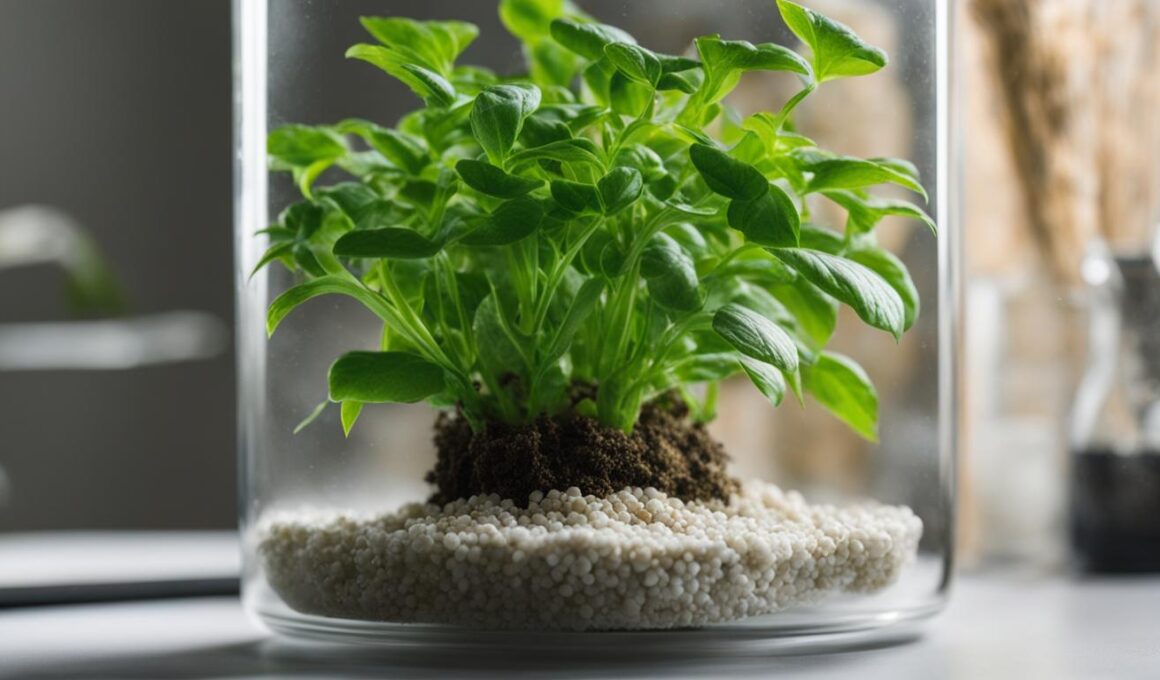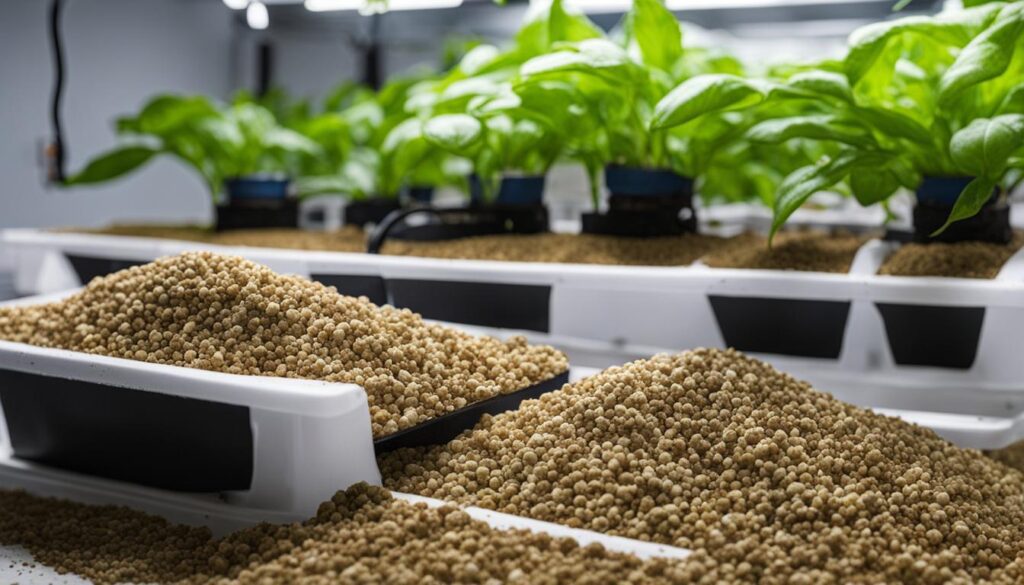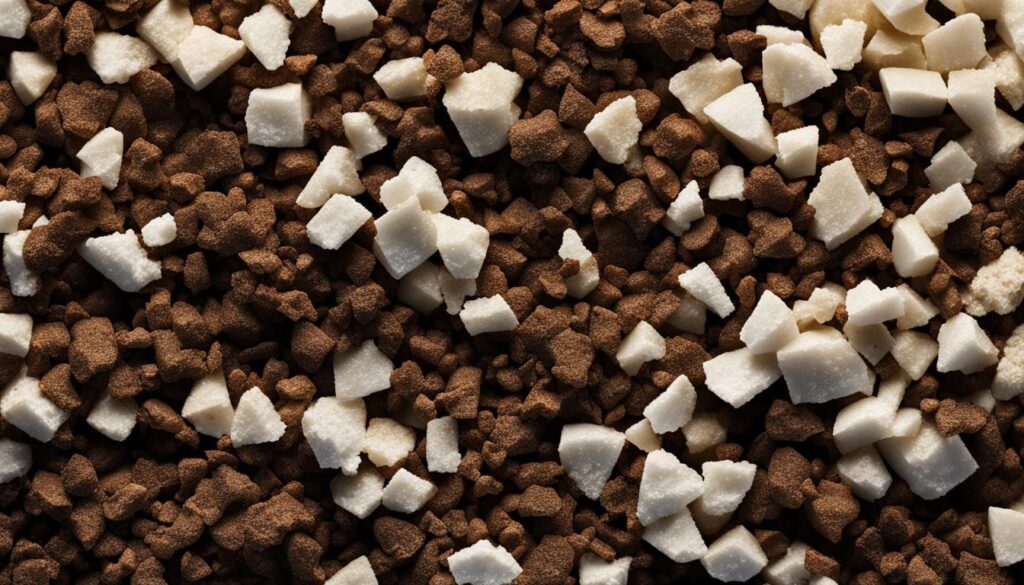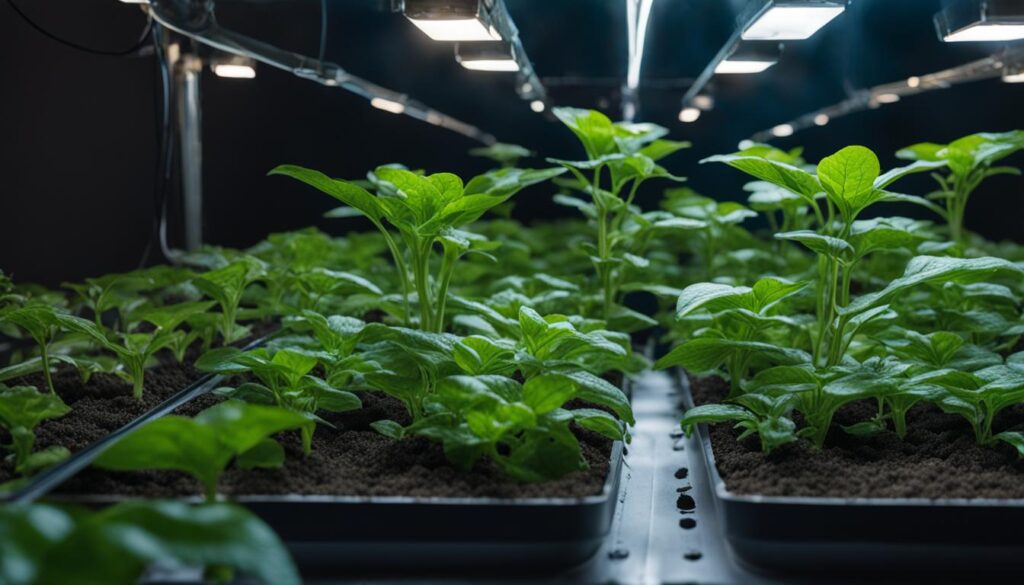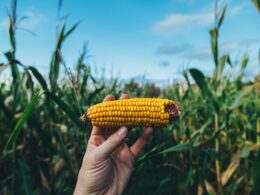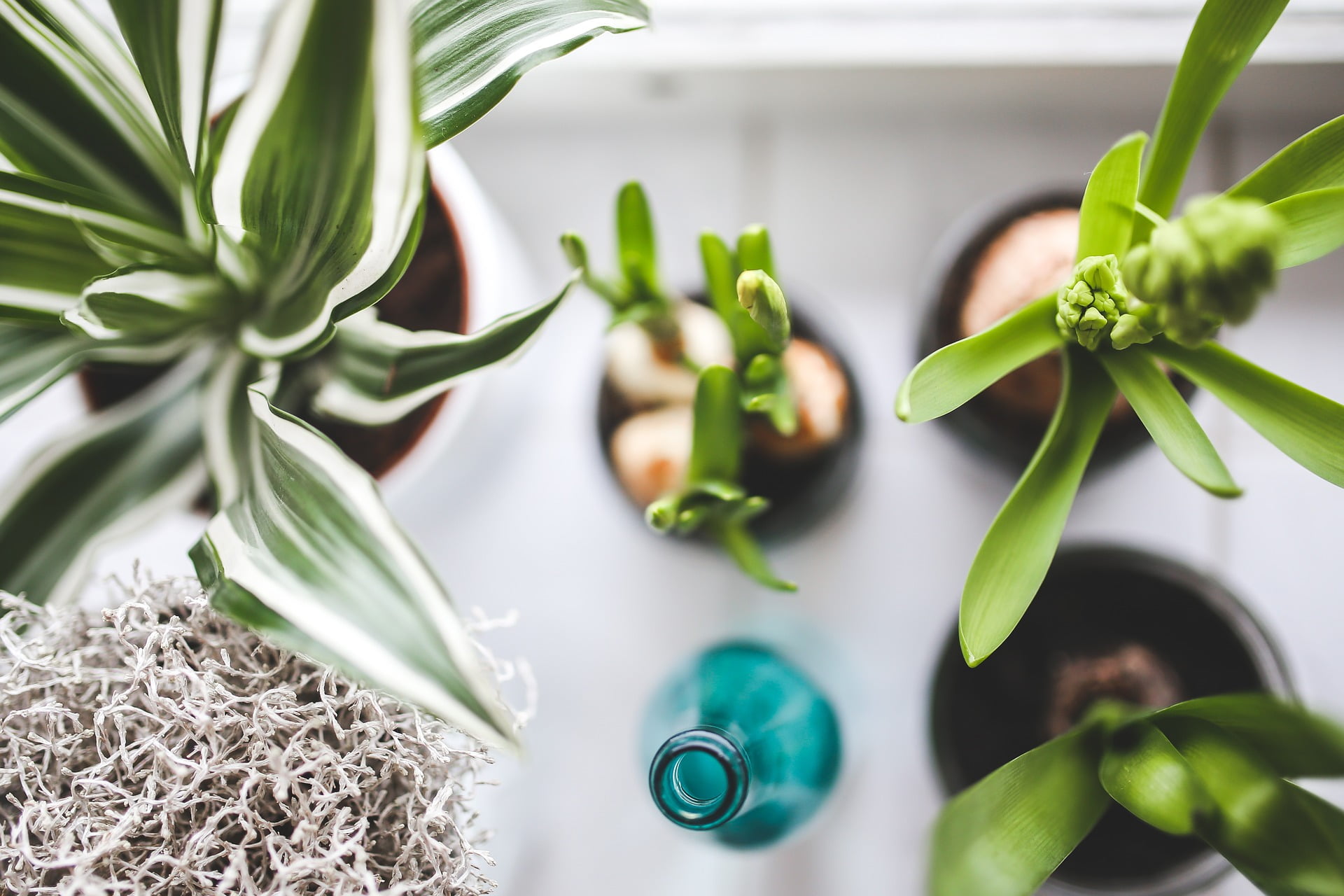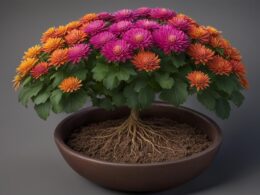When selecting the best medium for hydroponic plants, growers often compare perlite and vermiculite based on their unique properties such as water retention, aeration, and nutrient holding capabilities. Both mediums share the common goal of promoting healthy plant growth but differ significantly in their origin, composition, and function within hydroponic systems. Perlite, an expanded volcanic rock, provides excellent drainage and aeration, making it suitable for plants that require a drier environment, yet still offers water-retention capabilities. Vermiculite, a hydrated laminar mineral similar to mica in appearance, traps more water due to its sponge-like structure, maintaining higher moisture levels ideal for water-loving plants and efficient for seed germination. A mixture of the two may achieve an ideal balance for varied hydroponic needs.
Key Takeaways
- Perlite and vermiculite are popular choices for hydroponic media, each with distinct properties and benefits.
- Perlite is an expanded volcanic rock that offers excellent drainage and aeration for plants needing a drier environment.
- Vermiculite, a hydrated laminar mineral, is more water-absorbent, making it ideal for water-loving plants and seed germination.
- Understanding the specific needs of your plants and growing conditions will help you choose the appropriate medium or mix for your hydroponic system.
- A combination of perlite and vermiculite can offer an optimal balance of water retention and aeration for varied hydroponic needs.
Introduction to Hydroponic Growing Media
Hydroponic growing media play a crucial role in soilless agriculture, providing support and maintaining the essential air and moisture balance required by plant roots. These adaptable media are engineered to replace soil, creating an inert environment where root systems can access nutrients and water directly. The choice of medium significantly influences plant growth by affecting aeration, water retention, and nutrient availability.
Perlite and vermiculite are both highly regarded for their contributions to hydroponic cultivation, addressing specific plant requirements that can markedly impact the outcome and success of hydroponic gardens. Understanding the unique properties and benefits of each medium can help you optimize your hydroponic systems for improved plant growth and yield.
Soilless agriculture via hydroponic systems offers many benefits, including increased control over growing conditions, improved resource efficiency, and reduced risk of pests and diseases. Let’s explore the diverse properties and applications of perlite and vermiculite hydroponic media.
- Perlite: A lightweight, porous volcanic rock that provides excellent aeration and drainage, making it suitable for plants that require a drier environment. This medium promotes healthy root growth and oxygen exchange while maintaining some water retention capabilities.
- Vermiculite: A hydrated laminar mineral with a sponge-like structure that traps and retains water, maintaining high moisture levels. This medium is ideal for water-loving plants and offers a more consistent moisture content for roots, promoting healthy growth and stress resistance.
Both media can be used in a variety of hydroponic systems, including nutrient film technique (NFT), aeroponics, and flood-and-drain setups. Your choice of growing medium will depend on your specific plant requirements and the type of hydroponic system in which you are working. To ensure the best possible results, consider combining these two media to achieve an optimal balance that caters to the distinct needs of your hydroponic garden.
The Fundamental Differences Between Perlite and Vermiculite
Understanding the differences between perlite and vermiculite is crucial for making informed decisions for hydroponic medium composition. We will explore the key aspects in which these popular media differ, including their origin and composition, water retention and aeration capabilities, and impact on nutrient retention and plant growth.
Origin and Composition: Volcanic Rock Vs Hydrated Minerals
Perlite originates as volcanic glass perlite, rapidly expanding when exposed to high heat. The process transforms it into an airy, lightweight medium rich in silicon. It is widely used in hydroponics to promote soil drainage and aeration. Vermiculite, on the other hand, is a mineral-rich vermiculite hydrated laminar mineral that expands when heated, resulting in a composition capable of retaining substantial amounts of water and making it ideal for continuous moisture requirements in plants. Both perlite and vermiculite have neutral pH levels, adding to their versatility across a range of plant species.
Water Retention and Aeration Capabilities
Perlite’s unique structure enables optimal drainage due to its large surface cavities and enhanced macro-porosity in greater quantities. This ensures optimal aeration for root health, providing plant roots with adequate oxygen and allowing excess water to pass through – a testament to perlite drainage properties.
Conversely, vermiculite behaves like a sponge due to its highly porous, flake-like structure. It excels at water retention in hydroponics, absorbing and retaining more water than perlite. However, it is less aerating due to its fine granular nature. Consequently, your choice between perlite and vermiculite should depend on the specific aeration and moisture needs of your hydroponic plants.
Impact on Nutrient Retention and Plant Growth
The influence of perlite and vermiculite on nutrient retention in hydroponics and plant growth is another essential factor for growers. Perlite possesses a low cation-exchange capacity (CEC), minimally retaining nutrients and requiring more frequent feedings when used as the sole medium. In contrast, vermiculite, with its high CEC, more effectively secures nutrients, prolonging their availability to plants and reducing your need for nutrient supplementation.
The hydroponic medium impact on growth is significant. Perlite-induced aeration promotes healthy root development, while vermiculite’s higher water-holding capacity aids in maintaining consistent moisture levels crucial for plants with high water needs.
| Attribute | Perlite | Vermiculite |
|---|---|---|
| Origin | Volcanic glass | Hydrated laminar mineral |
| pH level | Neutral | Neutral |
| Water retention | Lower | Higher |
| Aeration | Higher | Lower |
| Nutrient retention | Lower | Higher |
Recognizing the fundamental differences between perlite and vermiculite enables you to make informed decisions when optimizing your hydroponic system. Ultimately, the appropriate medium for your hydroponic garden will depend on your plants’ specific needs and the optimal balance between water retention, aeration, and nutrient availability.
Optimizing Your Hydroponic System with Perlite
To optimize a hydroponic system, it is essential to consider factors such as the specific water needs of the plants, root health, and varying environmental conditions. Perlite stands out as a medium that can significantly improve aeration, prevent waterlogging, and facilitate stable growth in plants that thrive in lower humidity levels, such as succulents and cacti. For growers seeking to enhance the porosity and drainage within their hydroponic systems, perlite comes highly recommended, with various grades available to suit the specific needs of different hydroponic setups.
The coarse nature of perlite is particularly beneficial for plant cuttings, which are encouraged to take root more effectively in an oxygen-rich environment. An optimal balance between water retention and aeration in hydroponics can be achieved by incorporating perlite into the medium. The following table represents some of the key benefits of using perlite in hydroponic systems:
| Benefits | Explanation |
|---|---|
| Improved Aeration | Perlite’s porous structure allows for better oxygenation of the roots, promoting robust root development and overall plant health. |
| Prevention of Waterlogging | The coarse texture and high drainage capacity of perlite prevent excess water from pooling around the roots, reducing the risk of root rot and disease. |
| Stable Growth for Low Humidity Plants | Perlite creates a drier environment ideal for plants that require lower humidity levels, such as cacti and succulents, ensuring stable growth and performance. |
| Varying Grades for Customization | Perlite is available in different grades, allowing growers to choose the appropriate size and composition for their specific hydroponic setups. |
As demonstrated in the table above, the use of perlite can significantly contribute to the hydroponic system optimization by accommodating the distinct needs of various plant species and environmental conditions:
- Evaluate the plants’ specific water needs and choose the appropriate grade of perlite to balance water retention and root aeration.
- Monitor the root health and adjust the perlite content in the growing medium if needed to protect plants from waterlogging or limited oxygen access.
- Consider the environmental conditions of the growing space, and utilize perlite to create optimal humidity levels for plant growth.
In conclusion, the incorporation of perlite into a hydroponic growing medium can lead to significant perlite benefits such as enhanced root aeration, prevention of waterlogging, and stable growth for low humidity plants. By carefully considering the unique requirements of individual plant species and accounting for environmental conditions, growers can optimize their hydroponic system to yield the healthiest, most robust plants possible.
When to Choose Vermiculite for Your Hydroponic Garden
Vermiculite’s superior water-holding capacity is instrumental for achieving lush hydroponic growth in hydroponic gardens that house water-loving species. This medium reduces the risk of drought stress, ensuring a consistent supply of moisture to the plants’ roots. For gardeners in arid climates or environments propelling rapid soil drying, vermiculite can be a key component, providing a buffer against water deficiency and supporting vigorous plant development.
Superior Water-Holding: The Key to Lush Hydroponic Growth
As hydroponics for varied climates gain popularity, the importance of suitable growing mediums is increasingly recognized. Vermiculite’s excellent water-holding capacity can support a variety of plant types in hydroponic gardens. Its unique structure retains moisture effectively, making it a perfect choice when seeking a medium that promotes lush, healthy growth.
Benefits for Seed Germination and Delicate Root Systems
Seed germination in hydroponics can be greatly improved by using vermiculite as the growing medium. Its remarkable ability to hold water without becoming soggy creates an ideal conditioned environment that enhances the success rate of germination. Vermiculite also has benefits for rooting and delicate root support, providing gentle buffering and moisture consistency for the root systems of plants.
- Vermiculite keeps seeds moist, improving germination rates
- Its soft texture is gentle on delicate roots
- Consistent moisture availability supports healthy root development
Considerations for Climate and Plant Species
The choice of vermiculite as a hydroponic medium requires careful attention to specific climate and plant species considerations. For plants that are naturally found in moist environments or require more water, such as irises or forget-me-nots, vermiculite’s moisture retention properties are particularly advantageous. In cooler, less arid climates, vermiculite can also minimize the need for frequent watering, contributing to a more stable and self-sustaining hydroponic garden. Understanding the preferences of each plant species ensures optimal growth conditions within your hydroponic system.
| Plant Species | Moisture Preferences |
|---|---|
| Irises | High |
| Forget-me-nots | High |
| Succulents | Low |
| Cacti | Low |
Which Medium is Better for Hydroponics: Perlite or Pumice?
When it comes to hydroponics, choosing between perlite and pumice can make a big difference. Perlite is a popular choice for its excellent aeration and moisture retention, while pumice provides better drainage and water retention. Understanding the perlite pumice gardening differences can help you decide which medium is better for your hydroponic setup.
Conclusion
In conclusion, when it comes to choosing hydroponic mediums, both perlite and vermiculite offer unique advantages tailored to the specific requirements of your plants and environmental conditions. Ultimately, your decision should be based on the unique properties and benefits that each medium offers, ensuring effective hydroponic cultivation and gardening sustainability. Perlite is an excellent choice if you need higher aeration and drainage for plants that prefer a drier environment, while vermiculite is the better choice for plants that require continuous moisture and support for germination and delicate roots.
A thorough understanding of the distinct properties of both mediums is crucial for successful hydroponic gardening. While the choice between perlite and vermiculite may seem challenging, basing your decision on your plants’ unique needs and your growing environment will lead to successful cultivation in the long run. It is also worth considering a combination of both perlite and vermiculite, which may lead to an optimal balance that suits a wider range of hydroponic plant needs.
In the end, the key to choosing the right medium lies in understanding the differences between perlite and vermiculite and how they can support your specific hydroponic garden. By doing so, you will promote healthier plant growth, greater gardening sustainability, and foster effective hydroponic cultivation, resulting in a thriving and vibrant garden that you can be proud of.





